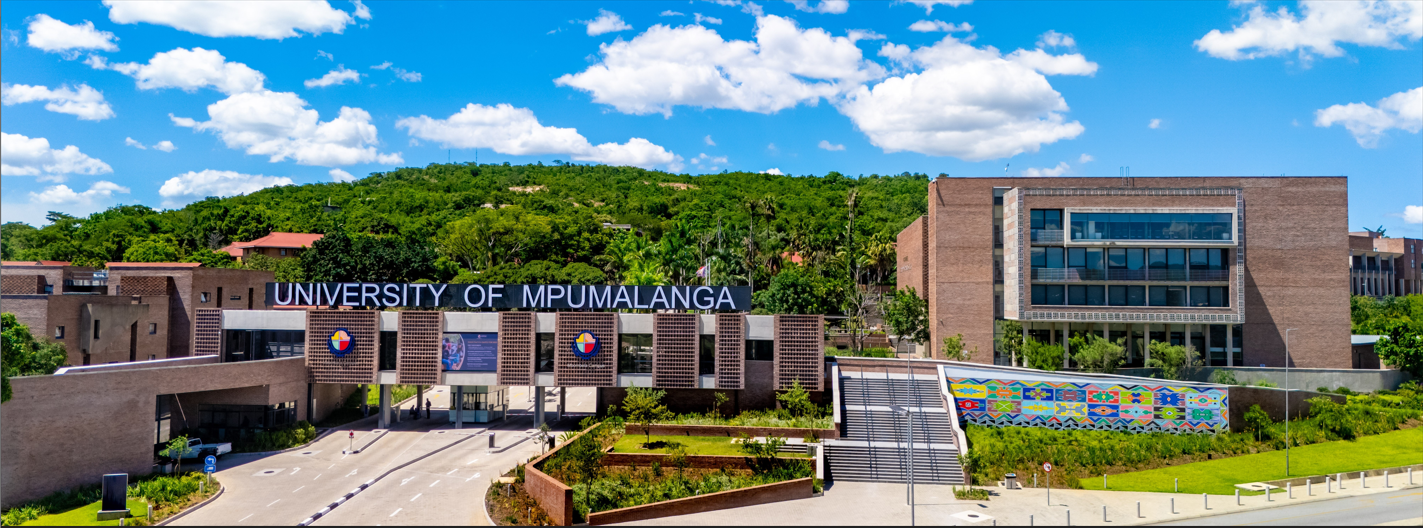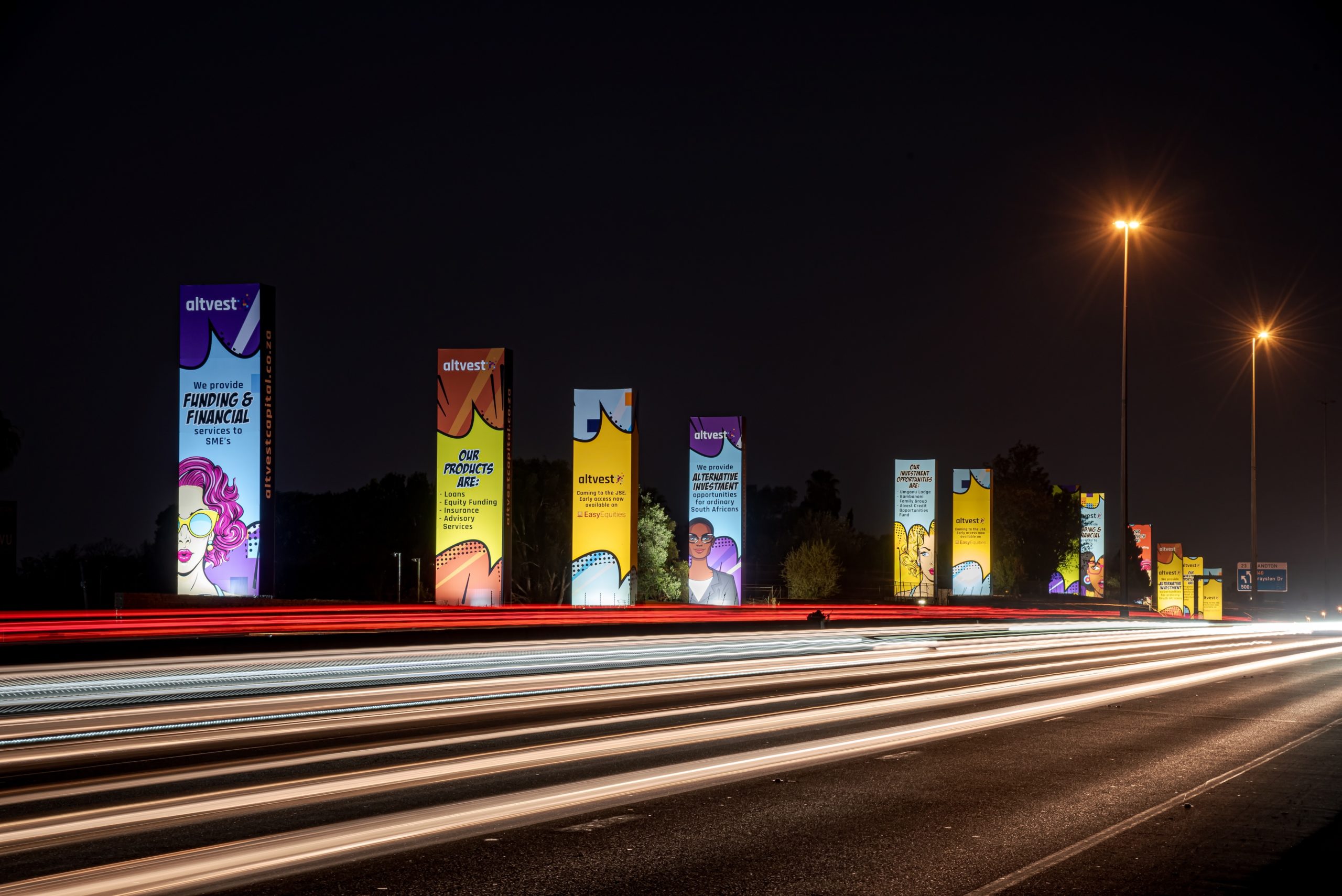
Building knowledge for a sustainable future: UMP’s vision in action
The University of Mpumalanga (UMP) is a comprehensive University which offers variety of undergraduate and postgraduate studies. At present... Read more
yesterday






